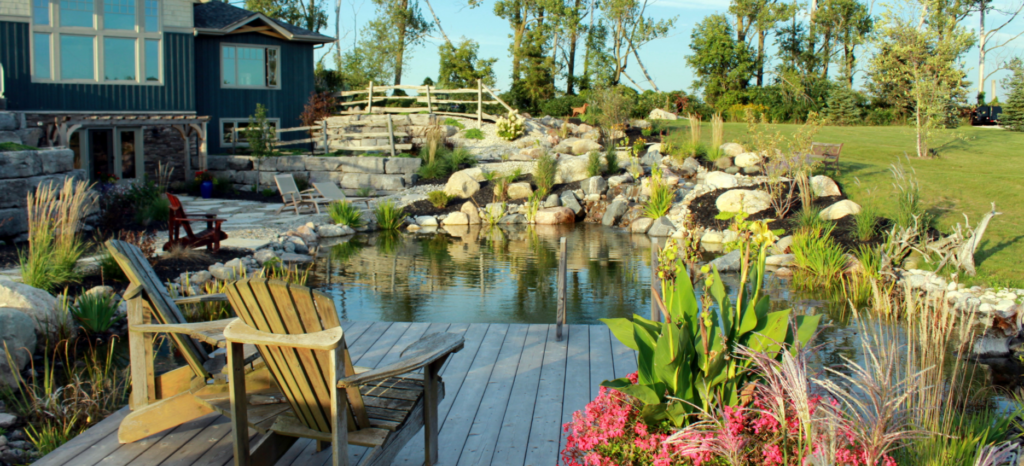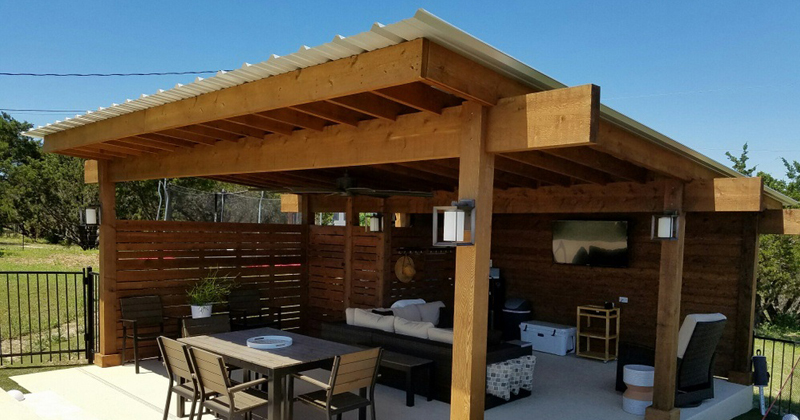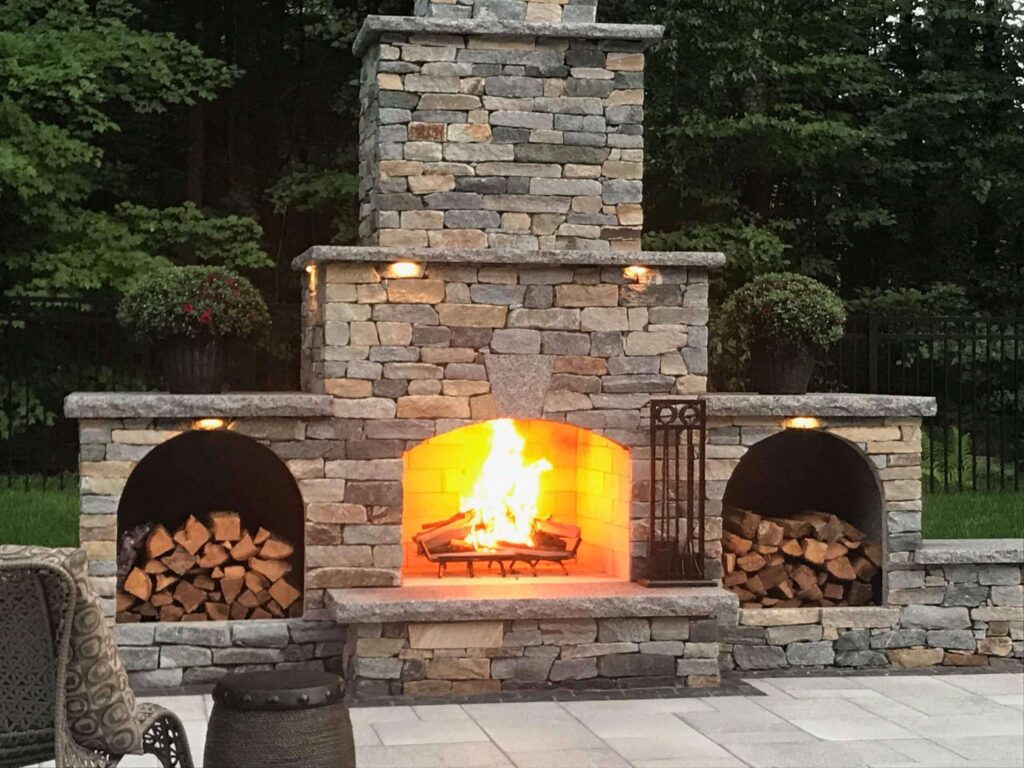Our Landscaping Philosophy
"I have a therapist, her name is Nature."
To us, your garden is one of the most highly prized and deeply crucial spaces you will ever have. It should stand as a place of refuge, healing, bonding, and safety. To achieve this we incorporate all 4 fundamental elements in our designs. This recipe triggers our deepest senses of wellbeing and calm.

WATER
Water draws toward it all life. It is the center from which all existence bellows and bounds. Even in small spaces water can be a hub of life and movement. Since the dawn of time we have been gathering at its edges. Water is as much part of the human experience as it is a necessity to the body.

WIND
When you hear the wind rustling through the leaves a robust poplar tree; you are calmed. When you hear subtle sounds and feel the gentle dance of tall grass blowing in the wind; you are soothed. When you experience the whispering of the needles high up in a red pine; you are at Peace. Let us interpret the wind though various mediums in your garden.

EARTH
The root of life burrows deep in the Earth. Earth is represented in your garden spaces in the form of plants, hardscapes and softscapes. From a little seedling to a beautifully matured oak; earth pushes forth all that is green.

FIRE
We harnessed fire to tame nature. Of all the wild elements it is the one we control and guard most closely. Encoded deep in our being, fire represents safety and protection, family and friends. Fire can be translated in the landscape through many mediums such as Lighting, Fireplaces, BBQ's, and Torches.










